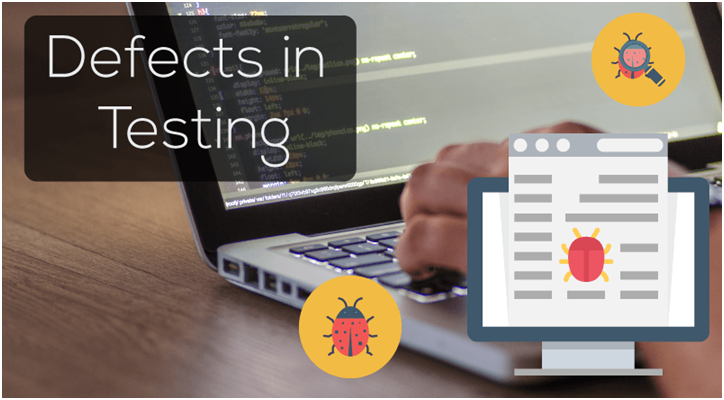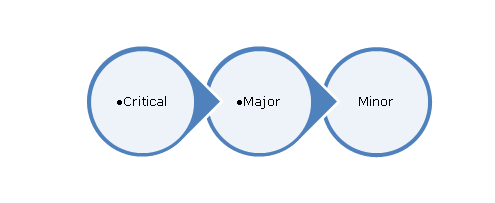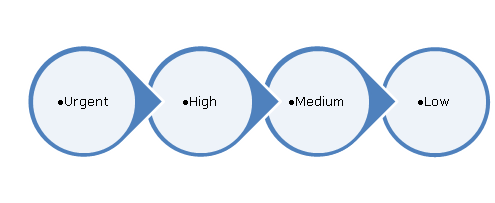User experiences take the centre stage in all software or applications as the millennial user emerges as unforgiving & extremely critical. Keeping the millennials happy goes much beyond simply engaging them over smartphones. It is much more intense.
Software testing too goes beyond the required and examines the software right from inception to delivery phases, across devices, platforms, and channels of communication.
Software testing companies in India realize that the credibility of enterprises depends on how satisfied the users are across the digital touchpoints and how testing has a key role in making this happen. The questions, “when to start testing?” and “when to stop testing become critically important for these service providers. Working smart, not hard is the new age mantra for software testing including test automation.
All About Software Defects
With the diverse platforms & devices and the sheer magnitude of the data exchanges and the variety of touchpoints, the defects surfacing in the software become diverse themselves.
Testing companies remain on their toes to combat these.
Defect Severity
Defect severity indicate the degree of negative impact on the software quality or in other words the effect of a defect on the working of a single or group of a component. Its impact can vary depending on projects and organizations and can be classified further.
Defect Severity
The defects are classified as Critical when it affects critical functionality or data like a complete failure of a feature or improper and unsuccessful installation. Major functionality defects affect the critical data whose improper functionalities affect the entire module. Minor defect severity has an impact on non-critical data like a less important feature in one of the modules, but spoils the overall user experience and does not have a major impact on the functionality or efficiency, it is just an inconvenience.
Defect Probability
The likelihood of a user finding the defect measures up to this probability and can be expressed in percentage to be classified further and is a critical factor to be examined by companies including software testing companies in india.
Defect Probability
- High
- If, while using a feature, the defect is encountered by all or almost every end-user
- Medium
- If more than half of the users can detect that defect
- Low
- If the defect is encountered by very few users or none
Defect Priority
Defect correction priority is generally finalized by the project or product manager, whereas it can be initially set by the software tester. Defect priority mainly indicates the urgency or the importance of fixing a defect
Prioritizing the Defects
Urgent defects refer to those defects which affect the main functionality of the modules or components becoming the top priority for the testers to resolve. High defects refer to those defects which can be fixed in the next build but cannot be overlooked and be fixed at the earliest for the proper functioning of the system. Medium priority includes those defects which can be fixed after the release or after the next release. Low defects may or may not be fixed at all as it merely affects the functioning of the system.
Dimensions of Quality
Software Quality predominantly defines the degree of user satisfaction and the smoothness in the experiences. These dimensions when fulfilled make the software near impeccable and are always on the top of the examination list of the software testing companies in India.
- Accessibility
- The extent to which a software can be used with ease by a wide variety of end-users, with various exposure as well as abilities, including those who require voice recognition or screen magnifiers.
- Compatibility
- It refers to how suitable is the software to work in different environments like different OS or browsers.
- Concurrency
- The ability of the software to respond to different requests simultaneously like making use of the same resource in different ways at the same time across the instance of the software.
- Efficiency
- The efficiency of the software optimizes the operations pushing appropriate utilization of the resources like battery, memory, and other tangible parameters.
- Functionality
- It includes the proper functioning of the system as per the requirements mentioned in the specification.
- Maintainability
- The ease with which the software be modified when there is the need to add features or fix bugs and release new versions is an important factor too.
- Portability
- Portability across a variety of devices with different platforms and their versions becomes a huge challenge in a world with fast-moving devices. Seamless user experiences depend a lot on this factor too.
Detecting the Phase Injected
The system development cycle transits through various stages with an equal amount of vulnerability to defects & bugs. The Phase Injected is the stage of this lifecycle where the defect was probably introduced.
Detection Efficiency is the number of defects detected in a particular phase or the total number of defects injected during that phase.
Common observations say that in the Requirement phase, the DDE value is normally less than half, which could be improved by proper requirement analysis. In the next step, the Design Phase, the DDE percentage crosses sixty percent because of several inconsistencies and anomalies. It can be improved by following a standard set of rules and specifications.
In theDevelopment Phasethis value very surprisingly only about fifteen percent which is relatively low contrary to the belief that most of the defects get injected into the system in this phase. The irritants in this phase can be controlled by comprehensive code reviews.
The Deployment Phase is the final stage of SDLC and ensures the release of the software ready to be used in the real environment by the end-users. This phase comes with an assumption that all the verification & validation is ensured to assure the proper functioning of the software.
In a Nutshell
Software testing companies in India give due importance to the early detection of defects and remain conscious of implementing methods to keep a track of these by constantly adapting to the growing changes in the technology landscapes.








